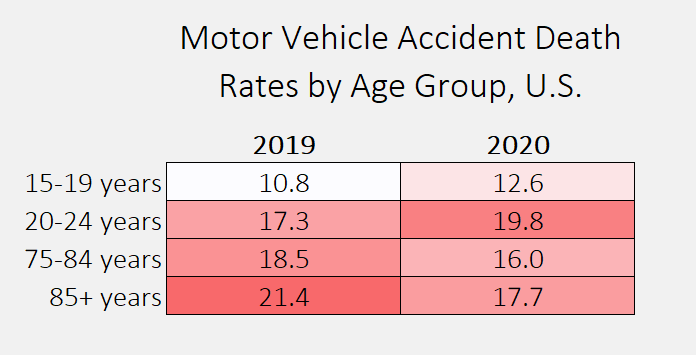Link: https://www.rstreet.org/commentary/rampant-fraud-in-staged-accidents/
Excerpt:
Whereas the plot of The Fortune Cookie may sound implausible, the reality is that insurance fraud is rampant. Fake and inflated claims are responsible for over $300 billion in claims leakage annually. Staged accidents are among the most grisly types of insurance fraud. Here, organized criminal rings comprising complicit attorneys, medical providers, and actors fake serious road injuries to extract inflated medical reimbursements and proceeds from insurers in civil litigation. Some such schemes have generated tens of millions of dollars in ill-gotten gains.
One recent example is so macabre that it should be made into a movie. Cornelius Garrison was a member of a Louisiana criminal gang actively perpetrating phony injuries in staged accidents. Garrison was a “slammer” in staged automobile “accidents”—a driver who intentionally crashes into other vehicles (preferably 18-wheelers) in order to fraudulently collect insurance settlements. Some have estimated that Garrison participated in close to 100 staged accident scams. But after fellow gang members learned Garrison had turned witness for the Federal Bureau of Investigation (FBI), his life was in danger. Co-conspirators offered to pay him to move to the Bahamas to escape retribution; however, Garrison chose to stay home, where he was murdered in a 10-bullet fusillade.
Staged accident fraud is a growing profit center for criminals. In R Street’s 2023 expert witness testimony to Congress on the seamy side of third-party litigation funding, we cited New York’s $31 million staged accident fraud ring, orchestrated by litigation funder Adrian Alexander. The largest scheme known at the time, it ensnared complicit attorneys and corrupt medical providers known as “medical mills,” engaging in artificial medical bill inflation and upcoding (the submission of claims containing codes for expensive medical services never rendered). Since then, another massive staged accident ring twice the size of Alexander’s has come to light: a $60 million racket that allegedly bribed 911 emergency line operators to direct callers to medical providers controlled by Bradley Pierre, the mastermind behind it.
Author(s): Jerry Theodorou
Publication Date: 16 Sept 2025
Publication Site: R Street



